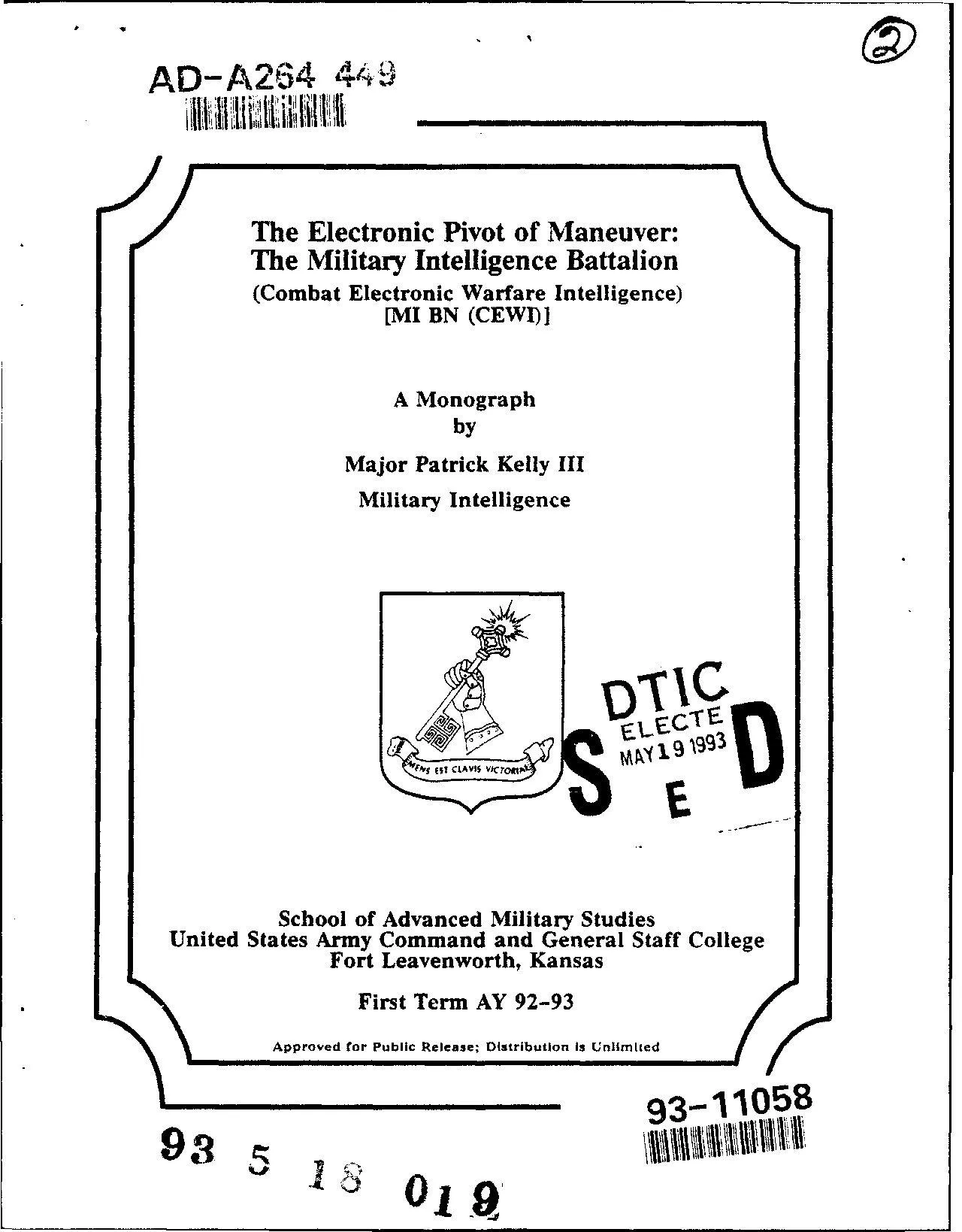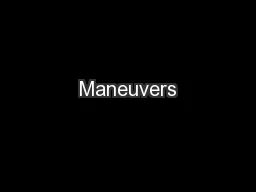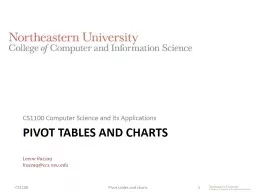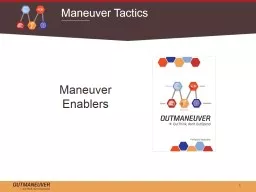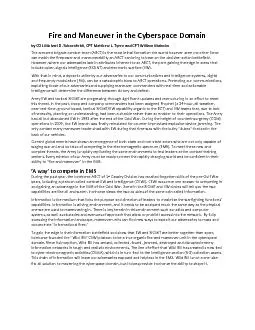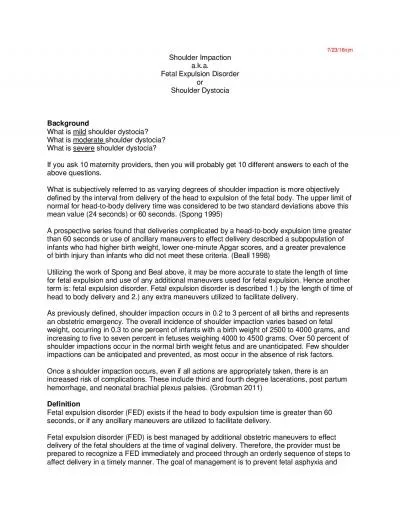PDF-The Electronic Pivot of Maneuver
Author : anderson | Published Date : 2021-08-19
ADA264 4 iThe Military Intelligence BattalionCombat Electronic Warfare IntelligenceMI BN CEWI A MonographbyMajor Patrick Kelly IIIMilitary IntelligenceSchool of
Presentation Embed Code
Download Presentation
Download Presentation The PPT/PDF document "The Electronic Pivot of Maneuver" is the property of its rightful owner. Permission is granted to download and print the materials on this website for personal, non-commercial use only, and to display it on your personal computer provided you do not modify the materials and that you retain all copyright notices contained in the materials. By downloading content from our website, you accept the terms of this agreement.
The Electronic Pivot of Maneuver: Transcript
Download Rules Of Document
"The Electronic Pivot of Maneuver"The content belongs to its owner. You may download and print it for personal use, without modification, and keep all copyright notices. By downloading, you agree to these terms.
Related Documents

